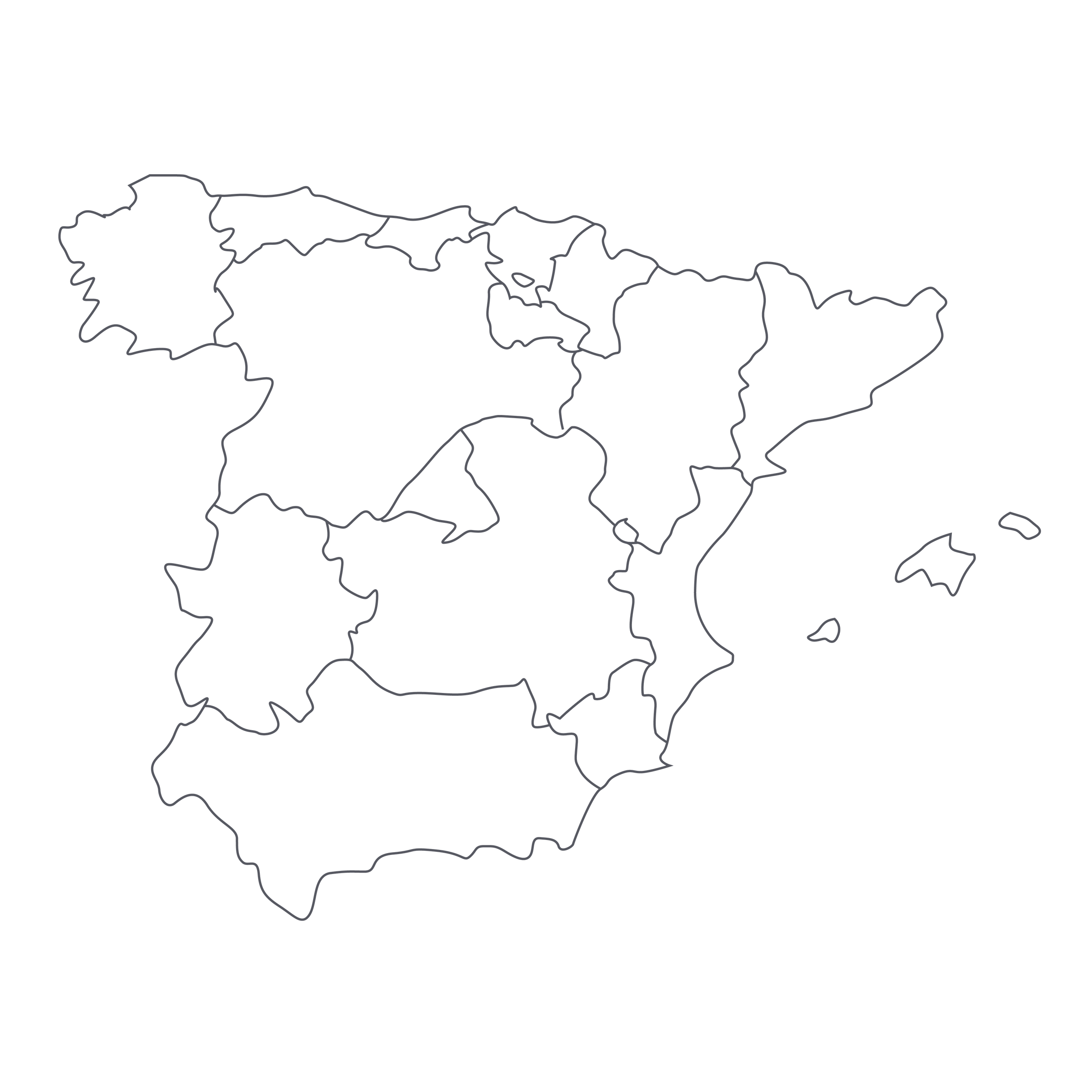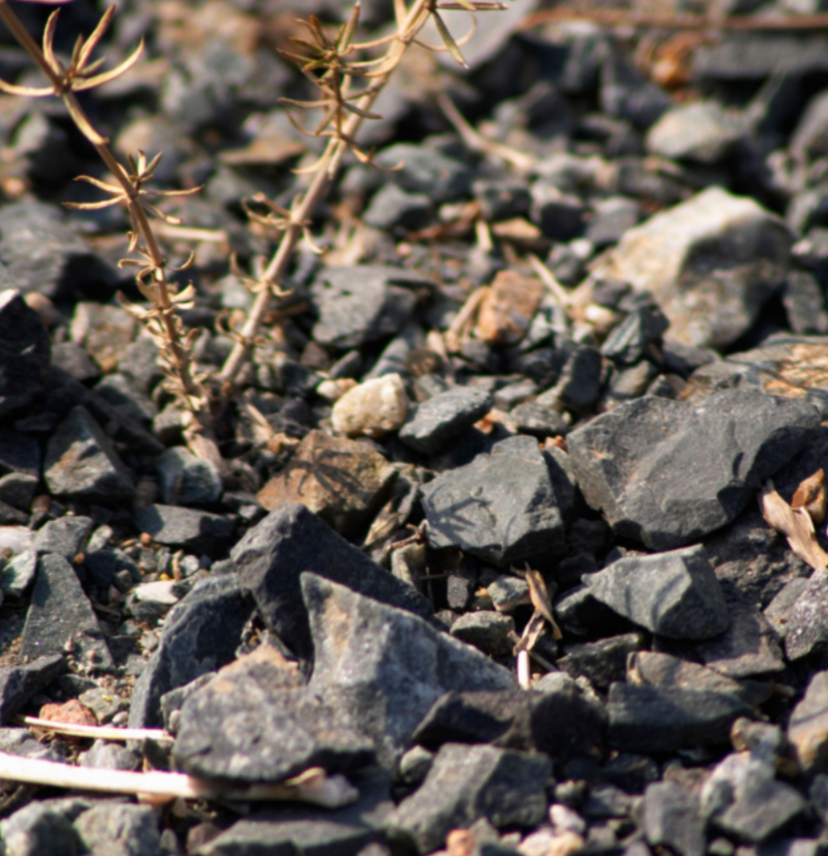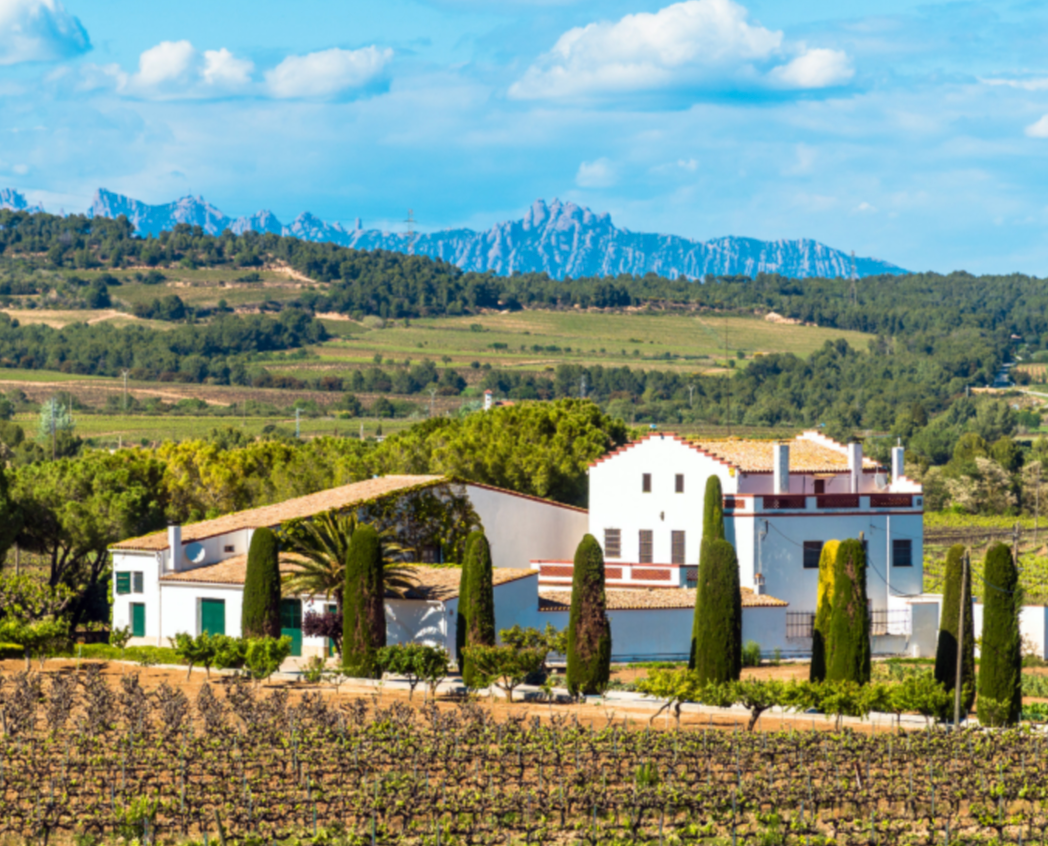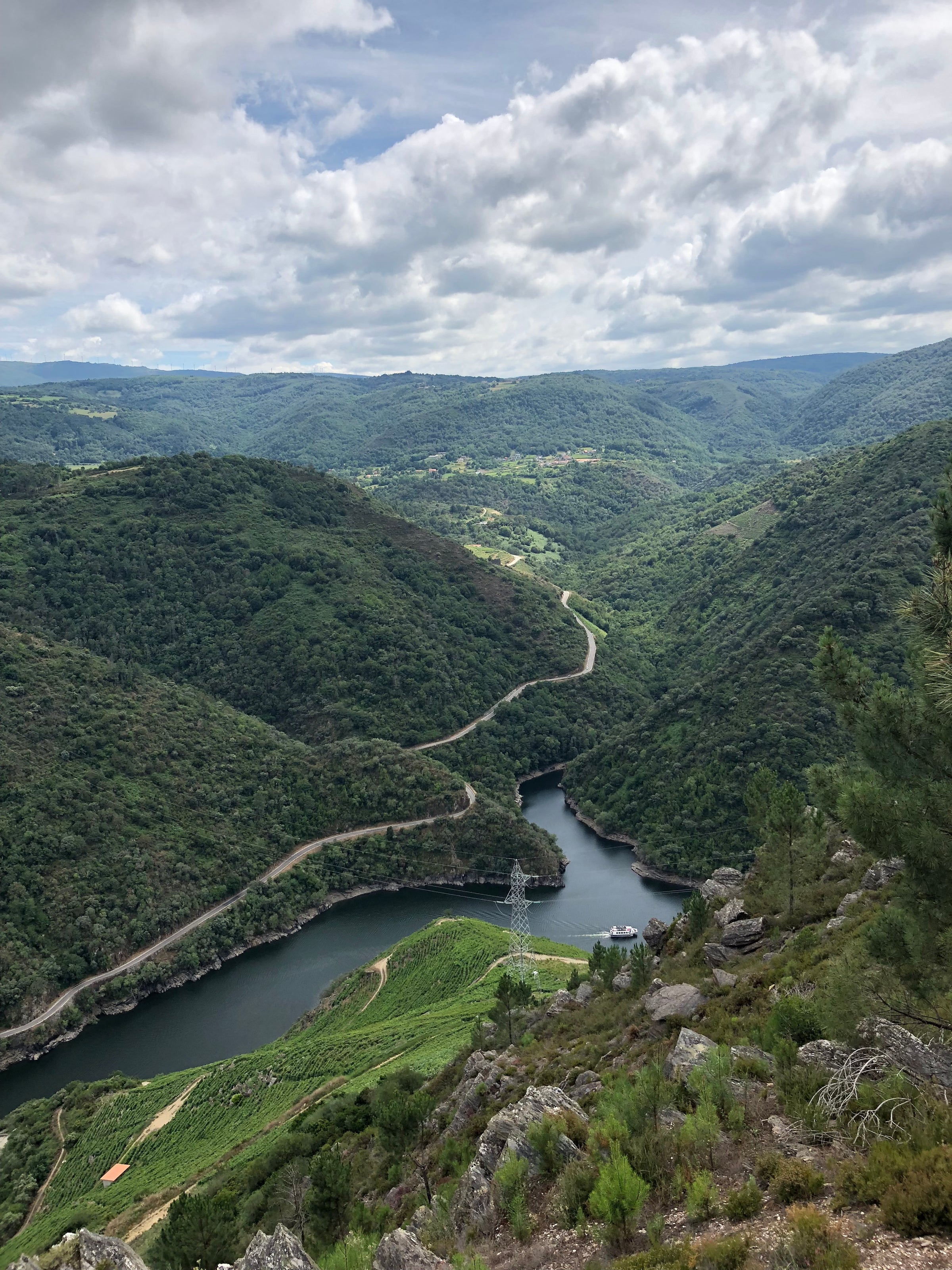Since its ‘re-discovery’ in the 1980s by a handful of intrepid winemakers, Priorat has joined Rioja at the top rank of Spanish wine regions. Known for mineral, inky reds from vineyards planted among glinting shards of fractured slate, Priorat now carries DOQ (
Denominació d’ Origen Qualificada) appellation status—the highest there is. At the heart of this world-renowned region is the town of Porrera, winemaker Dic Duran, and the vineyards he has hand-carved to create the wines of Trosset de Porrera.
Take a drive up the steep, twisting roads of this tiny corner of Catalonia, or simply take a swig of today's soulful red from the slopes of Porrera and you'll see why this place is so special. That fractured slate, known locally as
llicorella, give wines like “Vi de Vila” their inimitable mineral backbone, while cool, windy conditions help preserve freshness in wines that are otherwise richly concentrated with dark-fruited goodness. When a guest asks me for a full-bodied red from my all-Spanish list, Priorat is usually the first place I take them—and Trosset de Porrera enables me to give them the richness they want as well as the elegance and
terruño (that’s Spanish for terroir) I feel they deserve. Today's offer is Duran's top-of-the-line bottling, “Vi de Vila,” one of the most profound examples of old-vine Cariñena (Carignan) you’ll ever taste. This bottling comes from a tiny plot of 100+-year-old vines standing only inches high, each vine producing minuscule quantities of fruit. In fact, the entire vineyard ekes out only enough juice each year to fill just four barrels, which Duran ages in ancient catacombs deep under the winery. And despite the rapid inflation of Priorat prices, this one remains surprisingly affordable, given its stature, sourcing, and rarity. All I ask is that you leave me enough for my guests at Bellota!
The Priorat region was a bustling metropolis of Carthusian Monks back in the 1200s; they somehow had the wherewithal to travel with Garnacha grapes and plant the region to vines for sacramental wine. By the 20th century, however, phylloxera, the Spanish civil war and the vile personality of General Franco had laid waste to the region and to its vineyards. Nearly the entire area was abandoned until a “Band of Five” winemakers came in and recognized its potential. Garnacha vines were soon revitalized, and Cariñena was introduced as one of Priorat’s major players. Carignan (known locally as Samsò) is a hardy variety and one of the most widely planted wine grapes in the world, but is often dismissed as a high-yielding “workhorse.” In Priorat it achieves much, much more, delivering not just rich fruit but an earthy dimension that only comes from mineral-rich soils and gnarled old vines.
The sub-region of Porrera is the capital of Cariñena, and Dic Duran farms the best you will find. Having carved terraces through virgin slate opposite one of the most famous vineyards in all of Priorat, Duran has been farming his vines organically from the jump. The “Vi de Vila” vineyard is a 100-year-old family plot with a fearsome-looking 60% pitch, producing the tiniest, most concentrated berries I’ve ever seen. It ranges between 300-400 meters’ elevation, with compact, bush-style vines producing the tiniest, most concentrated berries I’ve ever seen. In a good year, Trosset de Porrera produces all of about 1,110 bottles of wine. Total. Knowing that makes every sip of Vi de Vila more special for me.
Today’s 2013, which has had a little time in bottle to knit together and showcase its full range of flavors and aromas, combines 70% Cariñena with 15% each Garnacha and Cabernet Sauvignon, aged in 25% new oak for 18 months. It is bottled unfiltered with minimal sulfur added at bottling. In the glass, it’s got the opaque, ruby-black hue typical of the region, with aromas of blackberry, currant, plum, cacao, coffee, grilled herbs, and pulverized stone. It is full-bodied and muscular, but its tannins are very well integrated and there’s enough freshness to balance the intensity. Think of a big athlete who moves gracefully and you’ve got a good sense of what this wine is all about—it’s built for aging but that shouldn’t stop you from enjoying it now, preferably in a large Bordeaux stem following a 45-minute decant. I would be hard-pressed to try to pair anything from this region of Spain without using
romesco sauce. I suggest you throw a hearty, bone-in meat and some spring onions (known locally as a
calçot) on the grill and try this very Catalonian romesco sauce for dipping and/or smothering. There’s no time like now to enjoy a heady, hearty red like Vi de Vila, so I hope you partake.





